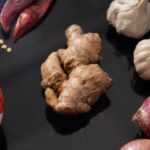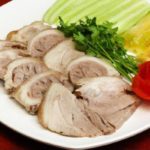Effective Ways to Get Rid of Meat Odor
Boiled meat is a simple but delicious dish that is often enjoyed in family meals. Boiled pork can be combined with seasonings such as salt and lemon, chili sauce, shrimp paste, or fish sauce… and can also be used in many other dishes such as rice paper rolls or salads with vegetables.
However, some people still encounter the problem of meat not being tasty due to its unpleasant odor. To solve this problem, you can apply the following tips:
Rinse the meat with diluted saltwater to eliminate bacteria and reduce the meat’s odor. Choose meat with both lean meat and fat for a delicious boiled meat dish. Meat from the leg or belly is usually tastier than meat from the loin or butt when boiled. Prepare additional ingredients such as vinegar or lemon, a small piece of ginger, a dried onion, or a soft string to enhance the flavor of the boiled meat.
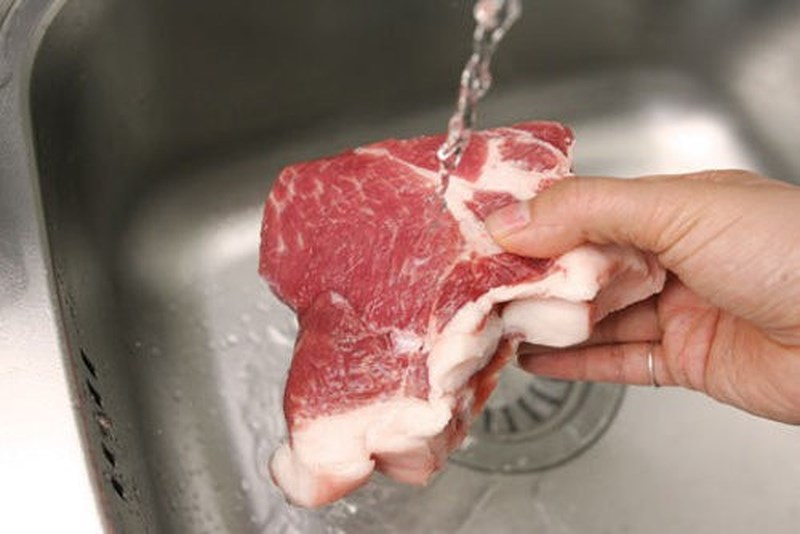
Use a string or soft string to tie the meat tightly
To create a beautiful shape for the sliced meat, you can use a string or soft string to tie the meat tightly before boiling. By tying the meat vertically, you will create a round and beautiful piece of meat that can be sliced horizontally along the grain. The tighter you tie the meat, the better the shape will be.

If using a string, choose a colorless white string. For leg meat, it is recommended to tie it tightly before boiling to create a rounder shape when sliced. The belly meat can be boiled without tying. However, if you do not have a string or do not want to use it, you can still directly place the meat in the pot to boil.
Why should you boil the meat twice?
To have delicious meat without any unpleasant odor, you can boil the meat twice. In the first round, place the meat in a pot, pour enough water, and bring it to a boil for 2-3 minutes. Then, add a few drops of vinegar or lemon juice to eliminate the odor and make the meat whiter. Next, discard the boiling water, rinse the meat with warm water, and prepare for the second round of boiling.
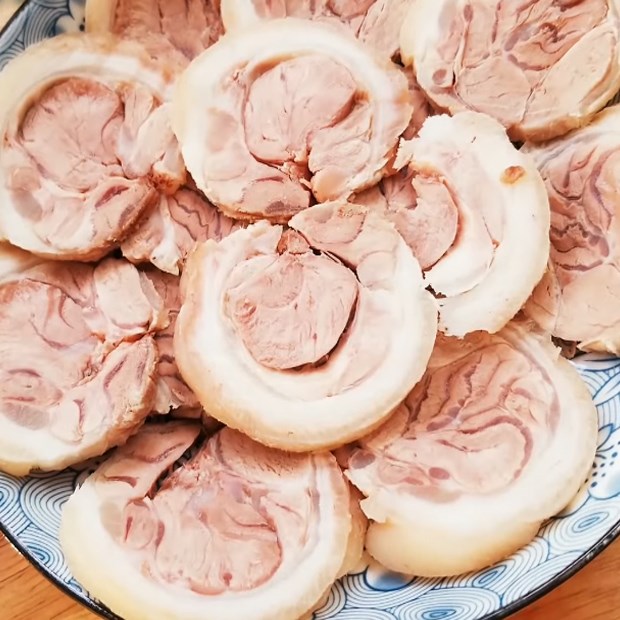
For the second round of boiling, prepare a pot of boiling water and add the meat along with a few pinches of salt, thin slices of ginger, and a peeled dried onion. Simmer the pot on low heat and continue boiling the meat until it is tender. When cooked, the meat will have a light white color and a delicious aroma.
Add salt, ginger, and onion
To ensure even distribution of the boiling water, you can use salt, ginger to remove the odor, and onion to enhance the flavor of the boiled meat. When boiling the meat, simmer the water on medium heat until it is cooked. To check, you can use a skewer to poke the meat. If the meat releases pinkish liquid, continue boiling for another 5 minutes. If the meat is cooked, the skewer will easily go through it without any pinkish liquid.
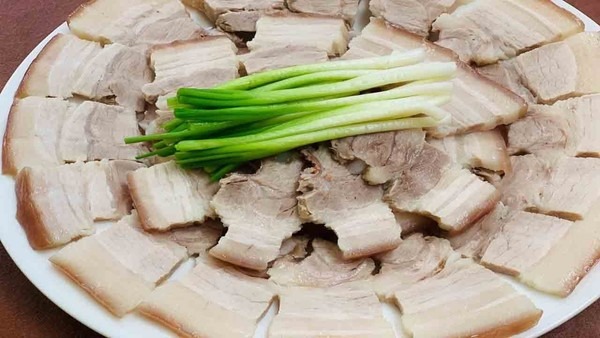
After the meat is cooked, remove it from the pot and soak it in a bowl of cold water with a few pieces of ice. The cold water will help the meat shrink and maintain its shape, preventing it from getting dry and losing its color. Once the meat has cooled completely, you can slice it for immediate use.
If you want the meat to be evenly sliced and more attractive, you can leave it in the refrigerator’s cold compartment for a few hours. Before packaging, use plastic wrap to tightly wrap the meat and keep it in the refrigerator’s cold compartment for a few hours to firm it up and make it easier to slice.
9 Tips for Minimizing Unpleasant Odors When Cooking Meat
Wondering how to keep your meat fresh and free of odors? We’ve got you covered! Discover the different ways to get rid of odor for each type of meat, and never worry about your food going bad again. Let’s take a look!
























